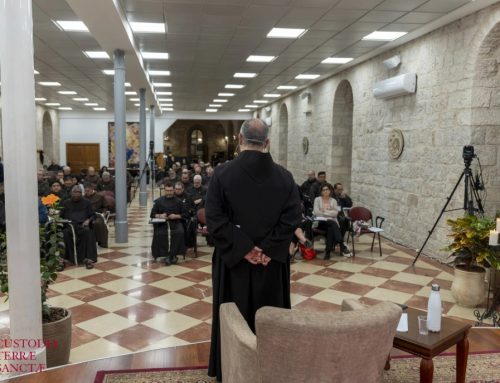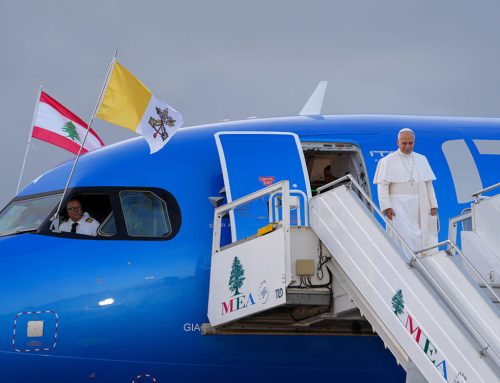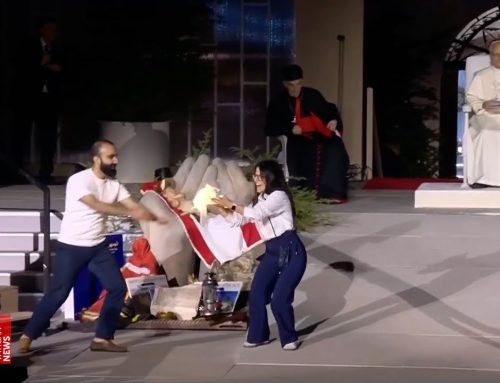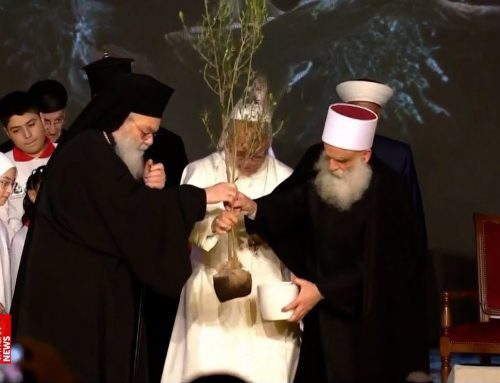– Pilgrimage to the Holy Land is a powerful journey that can ignite Christian faith through seeing the places Jesus walked, worked miracles, died and rose from the dead.
The Franciscans who have served in the region say people should go.
“When you come here, you are very moved by the experience. It puts the gospel in perspective,” Father Athanasius Macora, O.F.M., told CNA from Jerusalem. “It’s a very powerful tool for evangelizing or re-evangelizing Catholics.”
Macora, an American, is a friar of the Franciscan Custody of the Holy Land, which oversees the holy sites, helps support the Christian presence in the Holy Land, and welcomes Christian pilgrims from around the world.
Another Holy Land Franciscan, the Ghana-born Father Benjamin Owusu, O.F.M., reflected that the Christian experience of Jesus Christ preceded the written scriptures.
“Jesus said we should go and proclaim the gospel. And the gospel was proclaimed. People came to believe. But not in the written part of revelation… if the Word became flesh, it became flesh in a place. Where is that place? That is the Holy Land,” Owusu told CNA. “The Holy Land also testifies to the Word made Flesh, and that makes it more real to us.”
“By going to the Holy Land, the Holy Land becomes real in the life of Christians because of what it stands for,” he continued. “It is, as Pope Paul VI put it, the ‘fifth gospel’ which is not written on ink, but written on stones.”
Owusu works in the pilgrimage office of the Franciscan Monastery of the Holy Land in America, the Franciscan Custody’s outpost in Washington, D.C. The monastery itself hosts replicas of holy sites and holds various events to help link visitors to the land where Jesus Christ walked.
The Holy Land includes Israel, the Palestinian territories, and parts of Lebanon, Jordan and Syria.
The diversity of Christian sites there range from the churches and other places marking events like the Annunciation in Nazareth, the Nativity in Bethlehem, Jesus’ ministry along the Sea of Galilee, and of course Jerusalem, where the site of Jesus’ death, burial and resurrection is now marked by the Church of the Holy Sepulchre.
By: Kevin Jones
Source: Catholic News Agency






